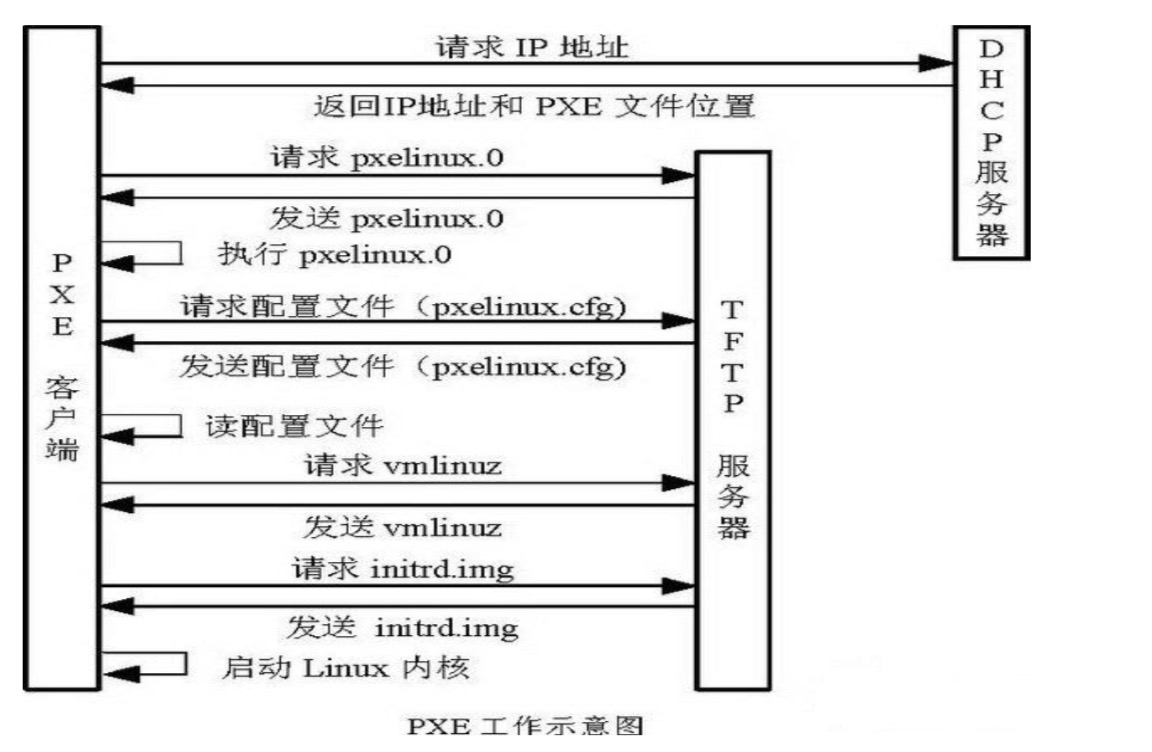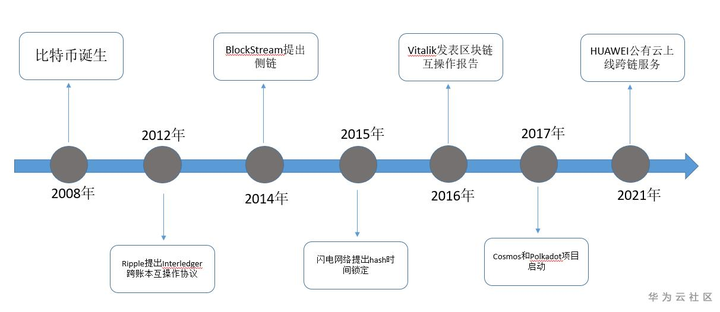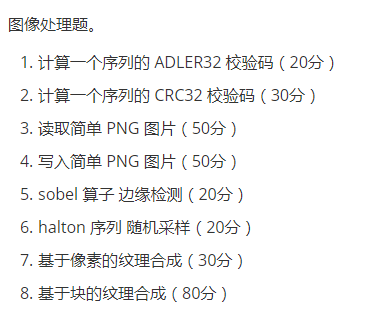I'm trying to create an iOS game and I have it so that when the item is touched and moved it is dragged. When it is dragged the mouse is snapped to the center of the sprite. How could I make it so that this wouldn't happen?
Here is an example of what is happening.
Here are the functions dealing with touch input
override func touchesBegan(touches: Set<NSObject>, withEvent event: UIEvent) {
var papers = 0
for touch in (touches as! Set<UITouch>) {
let location = touch.locationInNode(self)
let touchedNode = nodeAtPoint(location)
if ((touchedNode.name?.contains("paper")) != nil) {
touchedNode.position = location
touchedNode.position.x = CGRectGetMidX(self.frame)
}
}
}
override func touchesMoved(touches: Set<NSObject>, withEvent event: UIEvent) {
for touch: AnyObject in touches {
let location = touch.locationInNode(self)
let touchedNode = nodeAtPoint(location)
if ((touchedNode.name?.contains("paper")) != nil) {
touchedNode.position = location
touchedNode.position.x = CGRectGetMidX(self.frame)
}
}
}
override func touchesEnded(touches: Set<NSObject>, withEvent event: UIEvent) {
for touch: AnyObject in touches {
let location = touch.locationInNode(self)
let touchedNode = nodeAtPoint(location)
if ((touchedNode.name?.contains("paper")) != nil) {
touchedNode.zPosition = 0
touchedNode.position.x = CGRectGetMidX(self.frame)
}
}
}
P.S. contains is an extension off of the String class to check if a substring is in a string
Thanks in advance!



